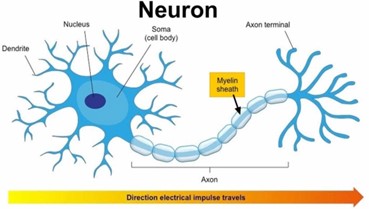A researcher wants to gather data on the average wing strength of all birds found in the American Northwest. The researcher only has one small net, so all large birds were excluded from the study. The researcher's results were different than expected, but he believes his data include enough birds to estimate the strength of all birds. For which of the following reasons should this data be rejected?
Data contradict the control group
Data were different than expected
Data are biased by the methodology
Data cannot be displayed graphically
The Correct Answer is C
Data are biased by the methodology. The researcher's data should be rejected because they are biased by the methodology used to gather them. By only using a small net, the researcher excluded all large birds from the study. This means that the data do not accurately represent the average wing strength of all birds found in the American Northwest.
A. The data contradicting the control group is not a reason to reject the data in this case.
B. The data being different than expected is not a reason to reject the data in this case.
D. The data not being able to be displayed graphically is not a reason to reject the data in this case.
Nursing Test Bank
Naxlex Comprehensive Predictor Exams
Related Questions
Correct Answer is A
Explanation
The myelin sheath is a protective membrane that wraps around parts of certain nerve cells.
Its fatty-protein coating provides protective insulation for your nerve cell like the plastic insulation covering that encases the wires of an electrical cord ².
This allows the electrical impulses to travel quickly and efficiently between one nerve cell and the next ². The other options are not correct because they do not describe the functions of the myelin sheath.
Regeneration, sensory perception, and nutrition are not functions performed by the myelin sheath for a nerve cell.

Correct Answer is A
Explanation
The statement that best supports the grant proposal is a. Repeating the published work will provide independent confirmation of the results. Independent confirmation of results is an important part of the scientific process. By repeating an experiment that was recently published by another researcher, the researcher writing the grant proposal can provide additional evidence to support or refute the original findings.
B. Repeating published work with changed variables will extend the previous results, but this is not the main goal of repeating an experiment.
C. Funding this important research will benefit science in the long term is a general statement that does not specifically support the grant proposal to repeat an experiment.
D. Funding this grant proposal will allow this laboratory to continue to study this topic is also a general statement that does not specifically support the grant proposal to repeat an experiment.
Whether you are a student looking to ace your exams or a practicing nurse seeking to enhance your expertise , our nursing education contents will empower you with the confidence and competence to make a difference in the lives of patients and become a respected leader in the healthcare field.
Visit Naxlex, invest in your future and unlock endless possibilities with our unparalleled nursing education contents today
Report Wrong Answer on the Current Question
Do you disagree with the answer? If yes, what is your expected answer? Explain.
Kindly be descriptive with the issue you are facing.
